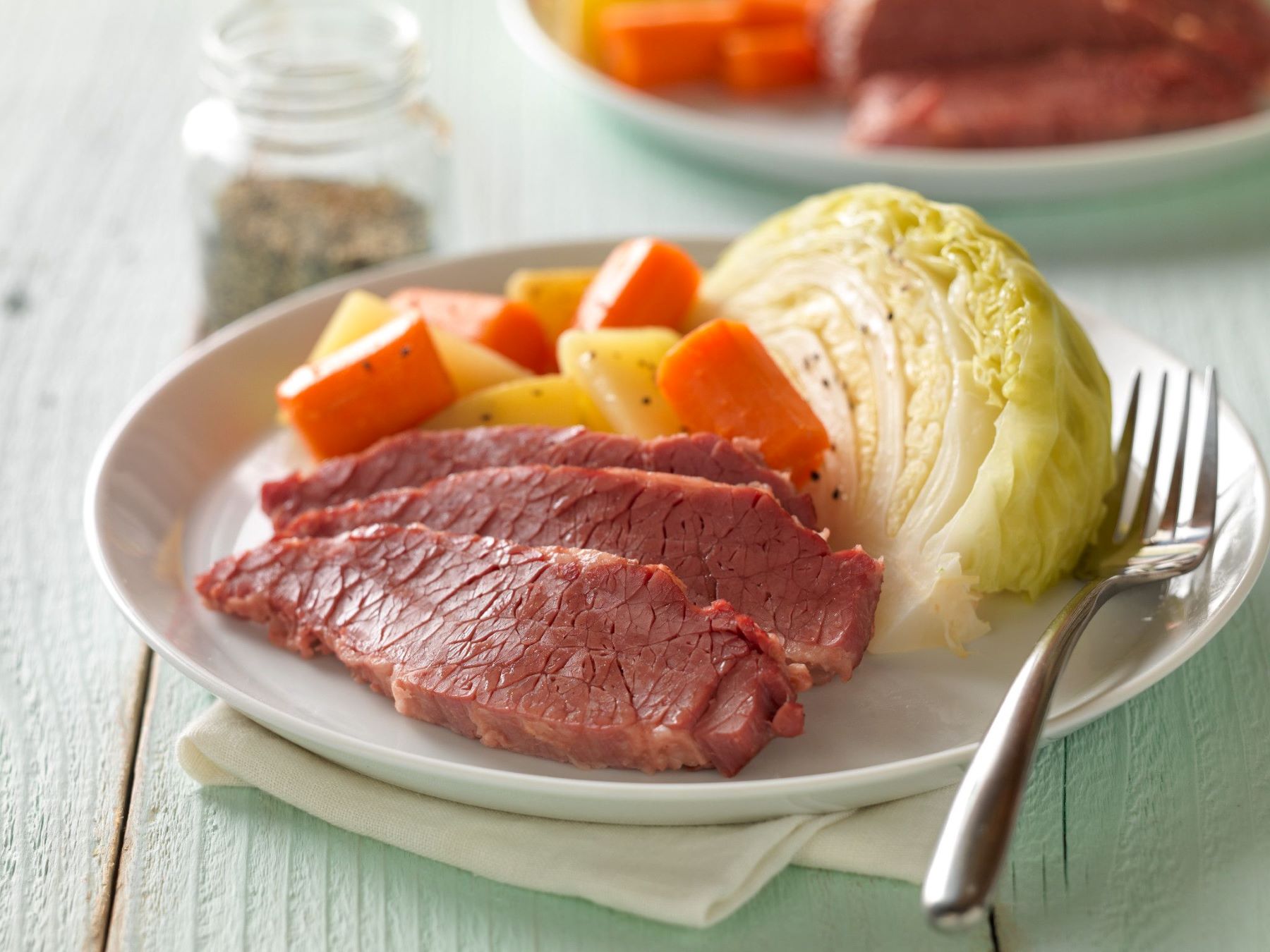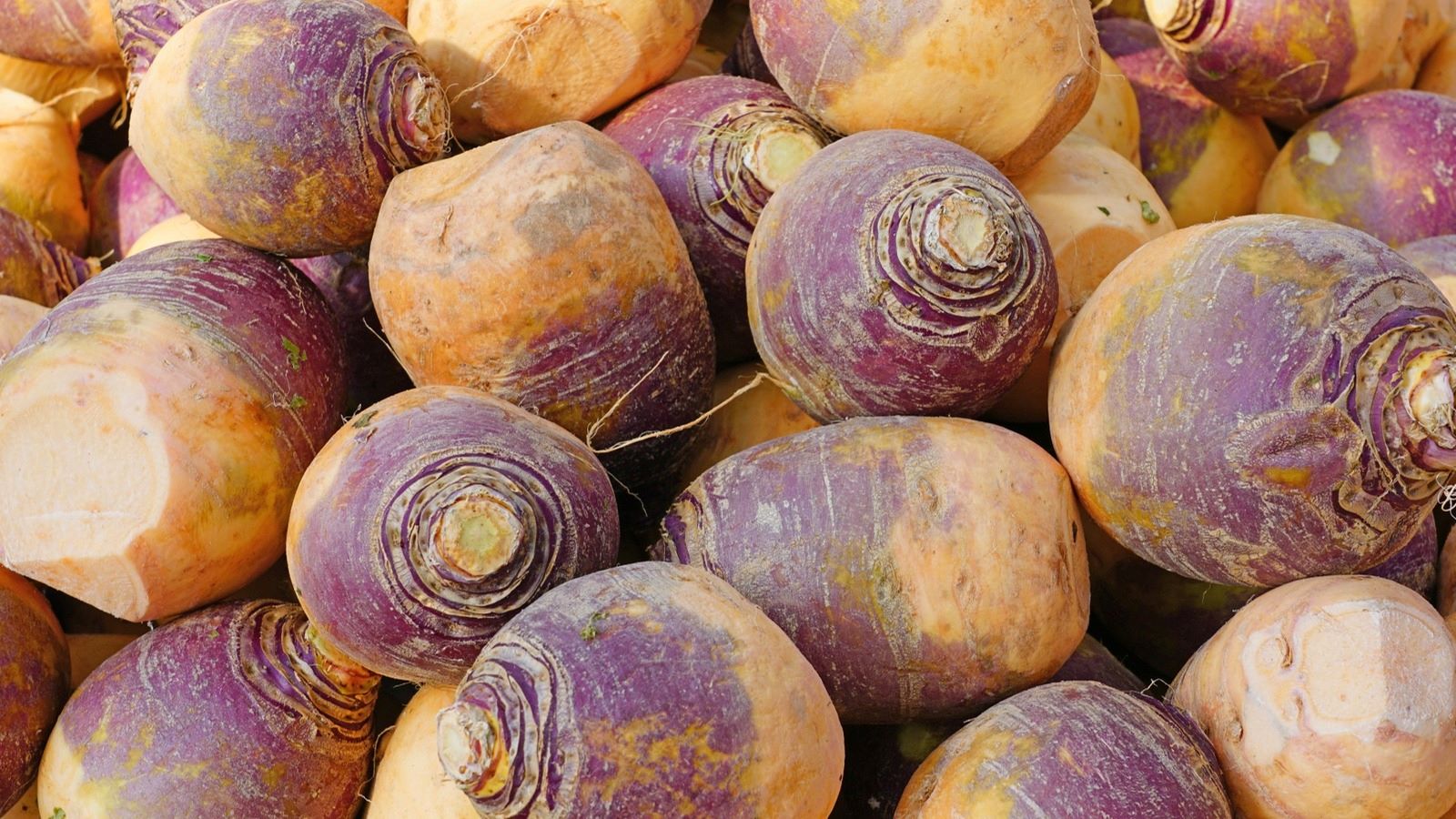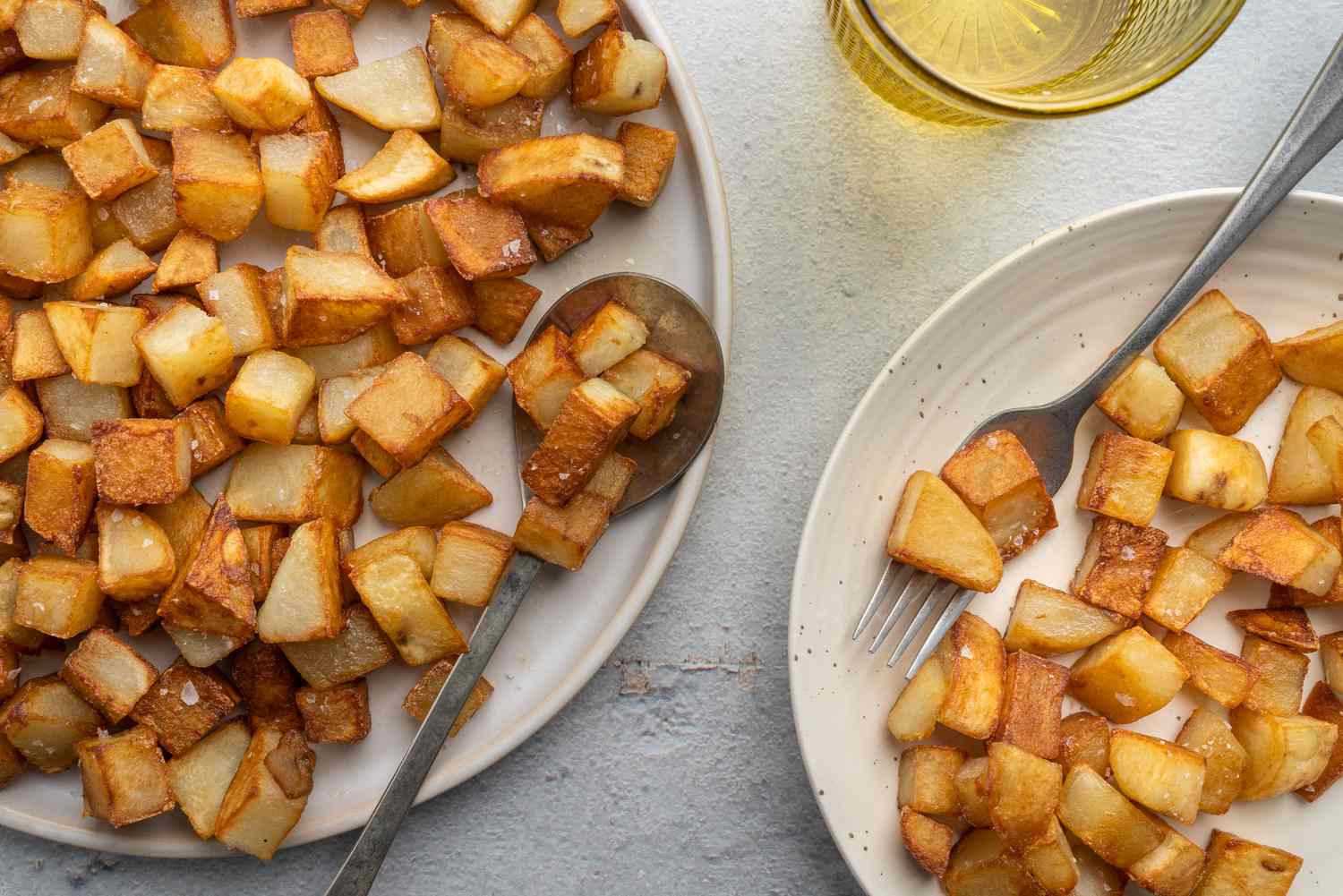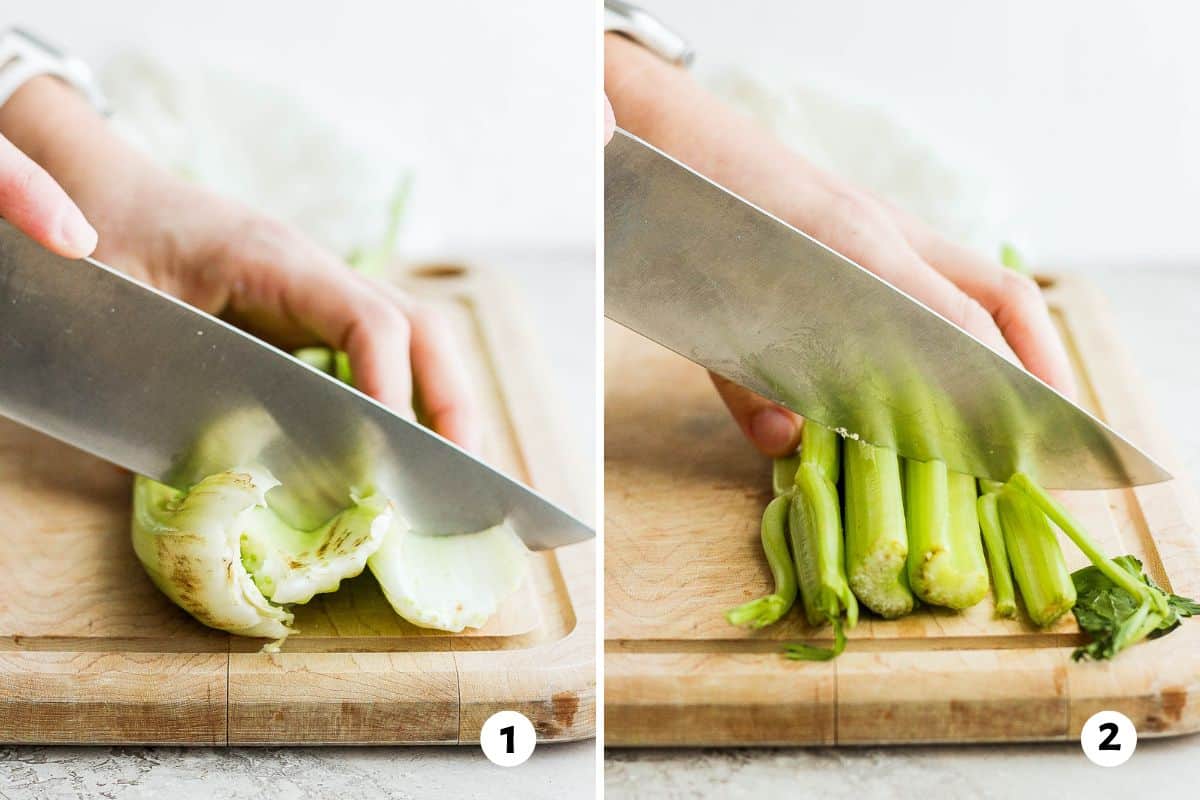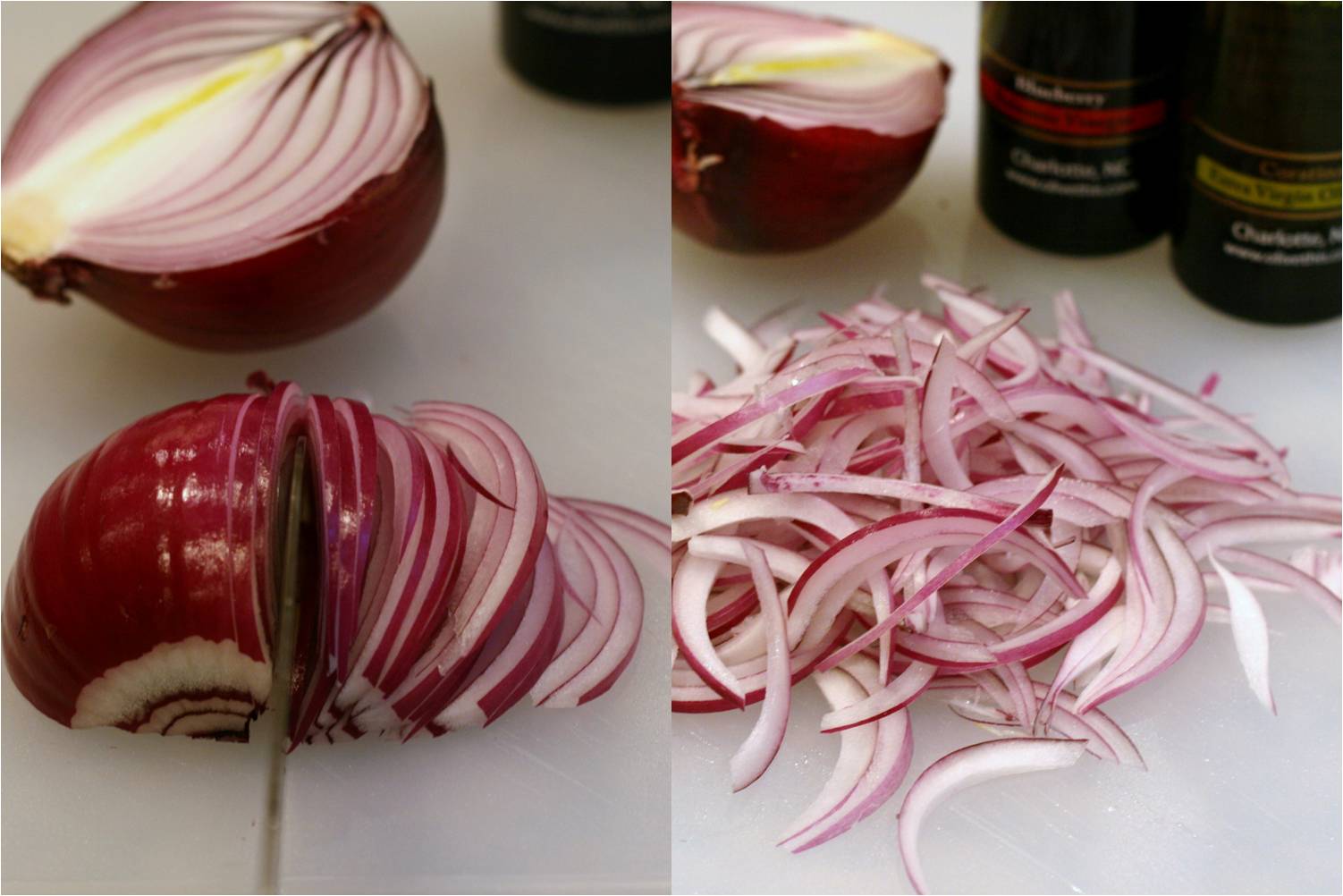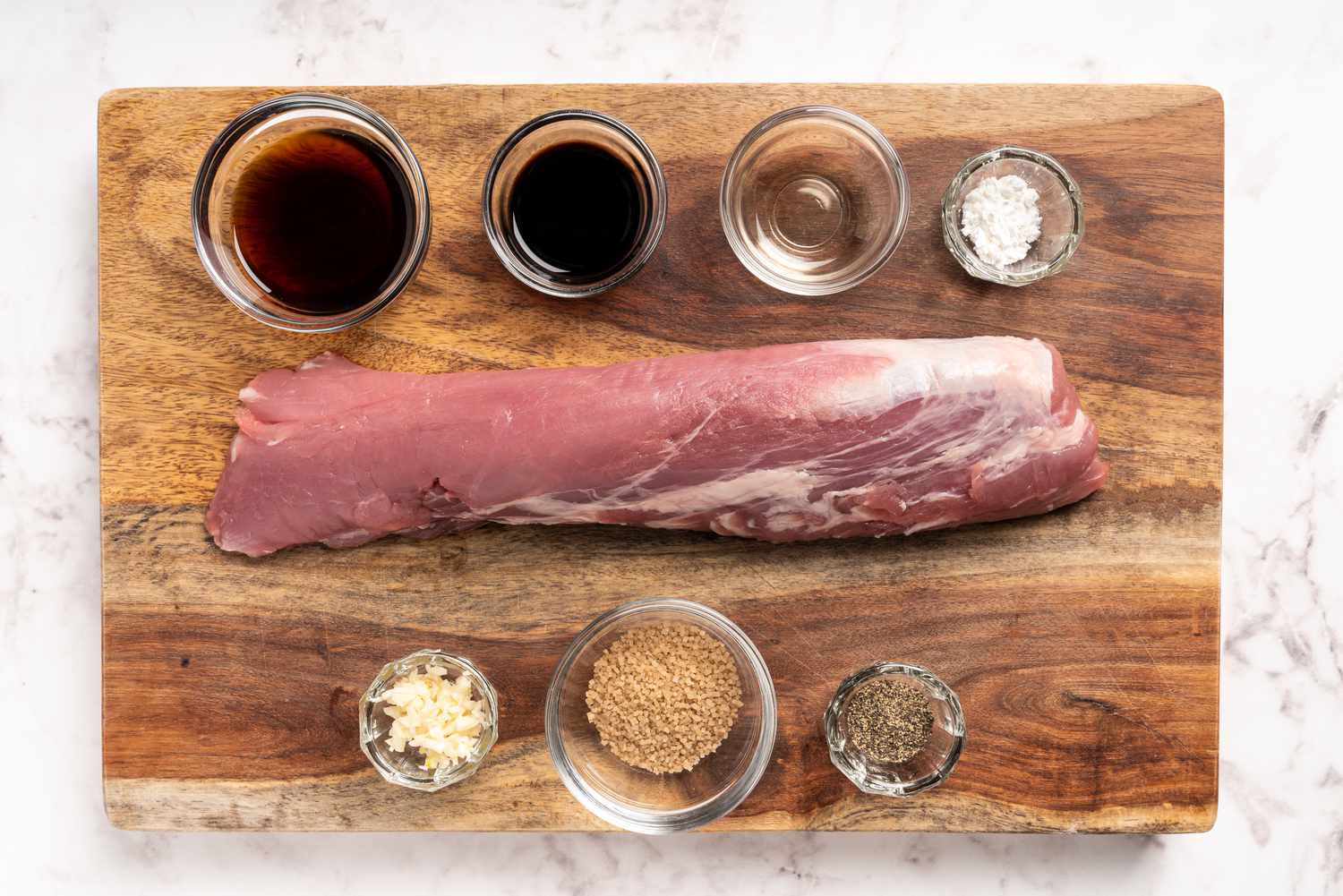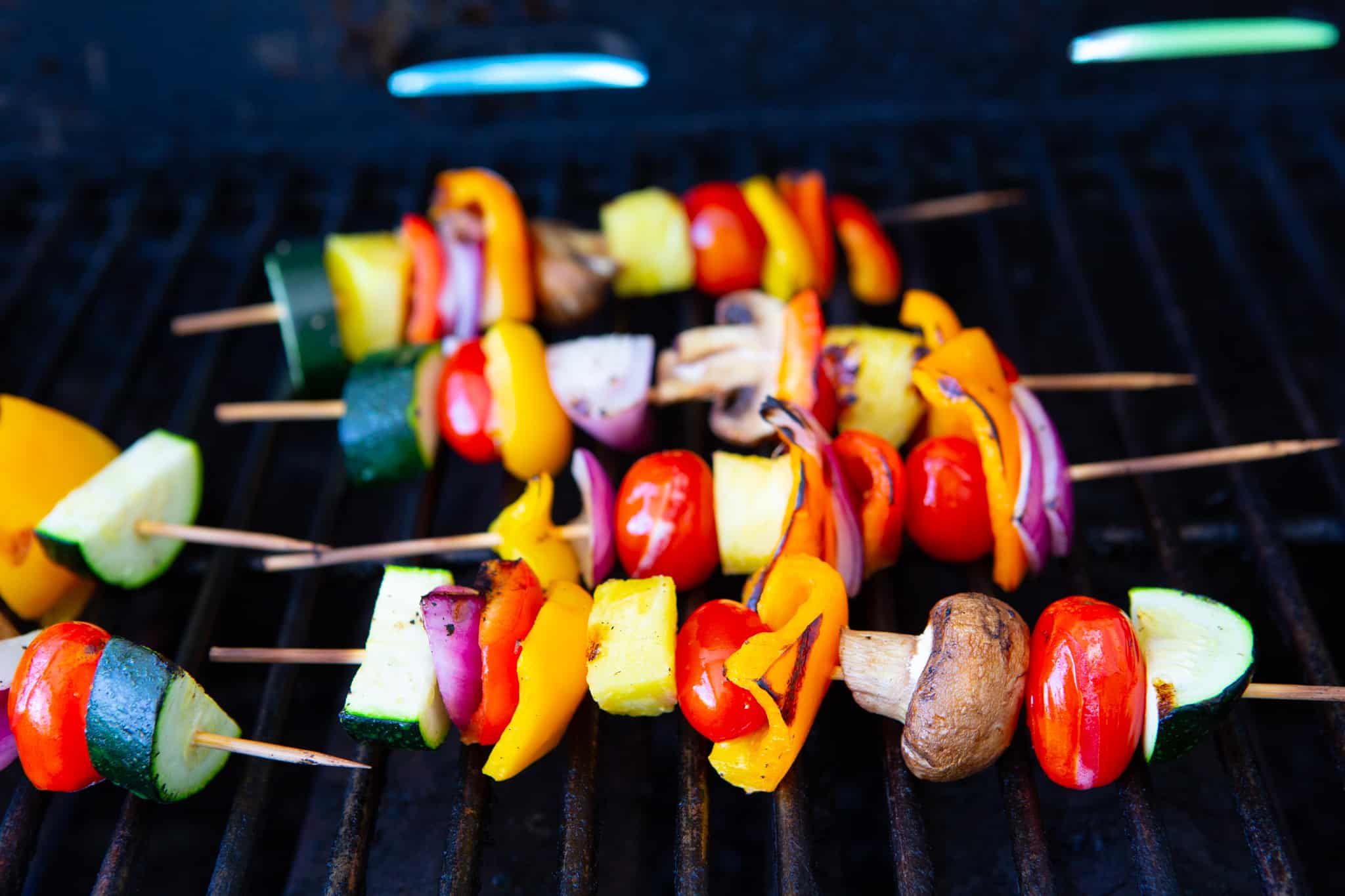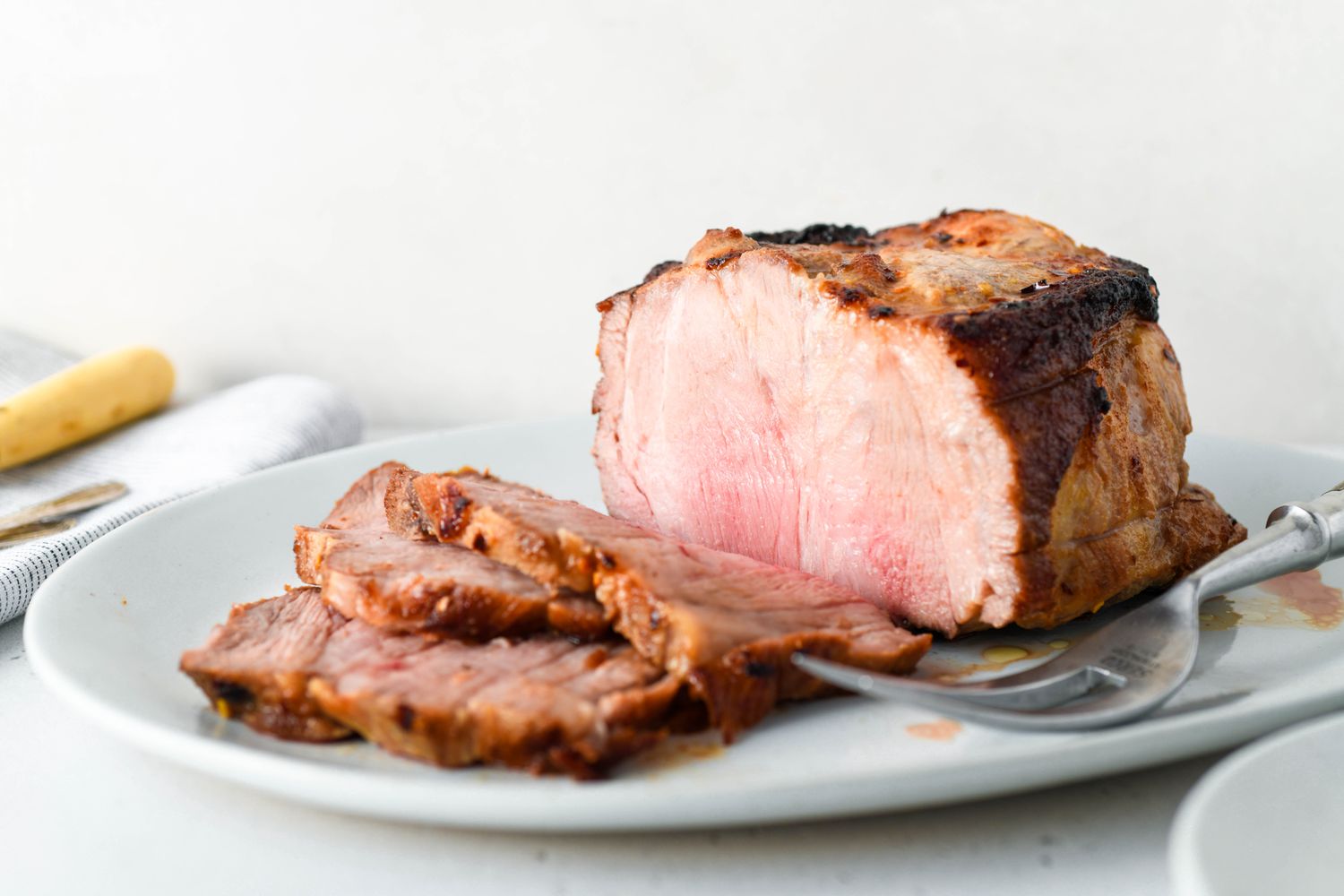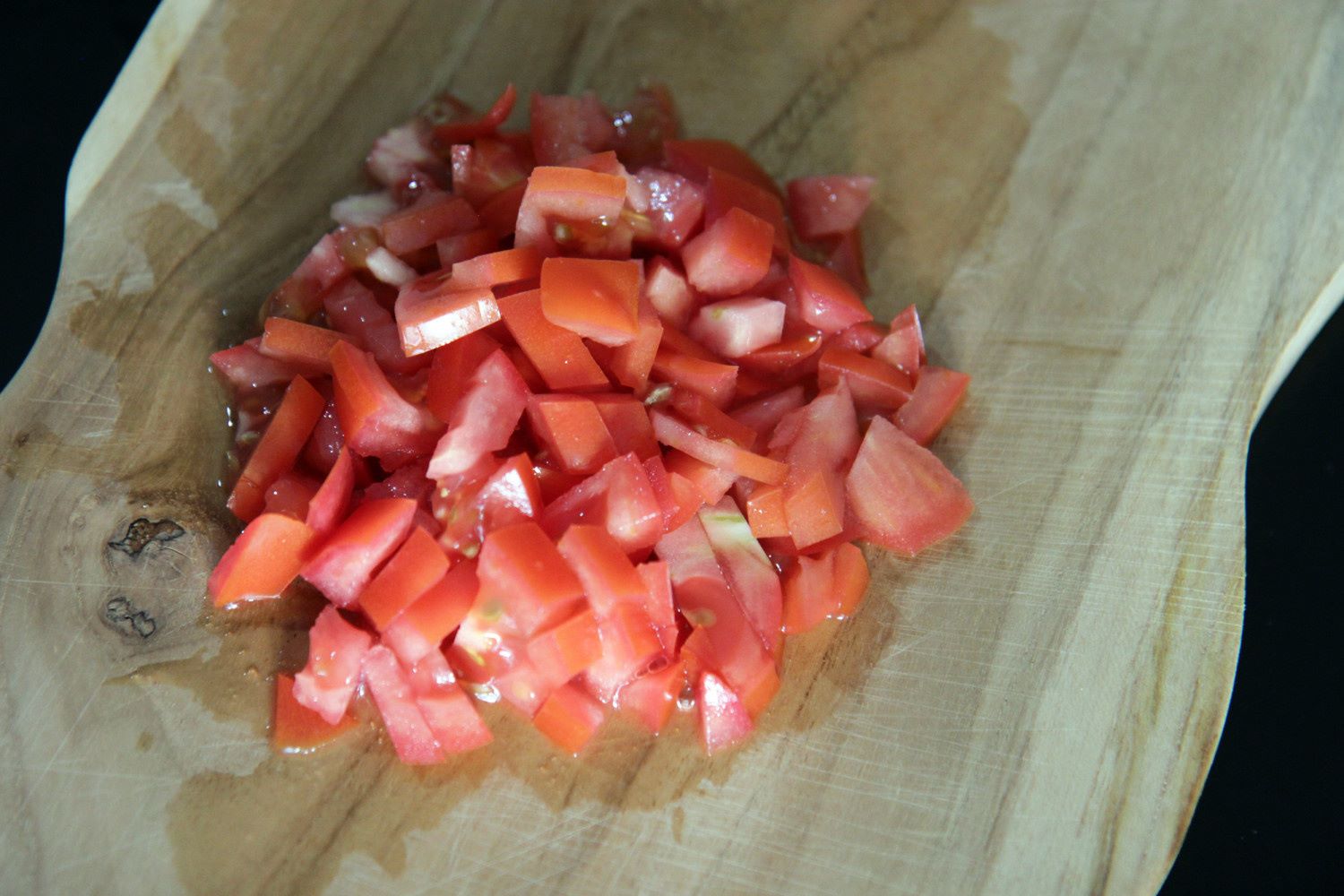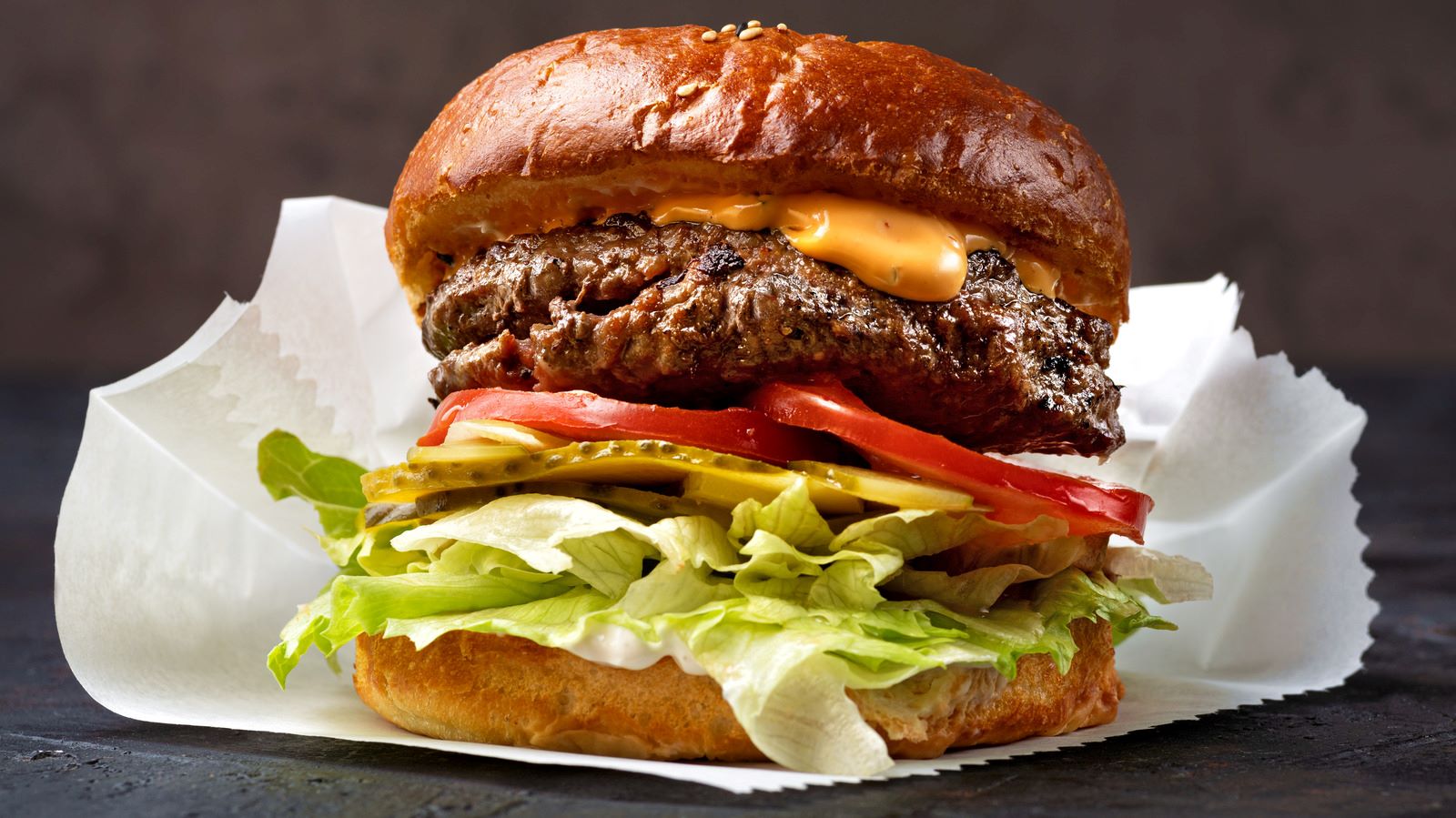Mastering the Art of Cutting Like a Chef
When it comes to cooking, precision and technique are key, and one skill that sets professional chefs apart is their ability to cut ingredients with finesse. Whether it’s slicing, dicing, or julienning, a chef’s knife becomes an extension of their hand, allowing them to create beautifully plated dishes that not only taste amazing but also look like a work of art. If you’ve ever wondered how to cut like a chef, look no further. In this article, we’ll delve into the secrets of mastering the art of cutting just like the pros.
Choose the Right Knife
Before we jump into the cutting techniques, it’s essential to have the right tools. A chef’s knife is the go-to knife for most cutting tasks in the kitchen. Its wide blade and sharp edge make it versatile and efficient. Invest in a high-quality chef’s knife that feels comfortable in your hand and has a balanced weight. Remember to keep your knife properly maintained by sharpening it regularly to ensure clean and effortless cuts.
Master Basic Knife Skills
The foundation of cutting like a chef lies in mastering basic knife skills. Here are a few techniques to start with:
- The Rocking Motion: Hold the knife with a firm grip and use a rocking motion by moving the blade back and forth while keeping the tip of the blade in contact with the cutting board. This technique is ideal for chopping herbs and vegetables.
- The Claw Grip: Protect your fingers by curling them inwards and tucking your knuckles while holding the ingredient you’re cutting. This grip allows for precise control and minimizes the risk of accidents.
- The Slice: Position the knife blade against the ingredient and use a smooth, controlled motion to slice through it. Remember to maintain a consistent thickness for even cooking.
Master Advanced Cutting Techniques
Once you’ve mastered the basics, you can move on to more advanced cutting techniques that will elevate your culinary skills:
- Dicing: Start by cutting the ingredient into planks, then stack the planks and cut them into sticks, and finally dice them into small cubes. This technique is perfect for ingredients like onions, carrots, and potatoes.
- Julienning: Cut the ingredient into thin, matchstick-like strips. This technique is ideal for vegetables like bell peppers and zucchini, adding a touch of elegance to any dish.
- Chiffonade: Stack leaves of herbs or leafy greens together, roll them tightly, and slice across to create thin ribbons. This technique is great for garnishing or incorporating herbs into salads.
Practice, Practice, Practice
Just like any skill, cutting like a chef requires practice. Start with simple recipes that involve different cutting techniques and gradually challenge yourself with more complex dishes. Dedicate time to honing your skills and soon you’ll find yourself chopping and slicing with confidence and precision.
Remember, cutting like a chef is not only about speed but also about safety. Always exercise caution while handling knives and be mindful of proper cutting techniques to avoid accidents.
So there you have it, the secrets of cutting like a chef unveiled. Armed with the right knife, mastering the basics, and practicing regularly, you’ll soon be slicing and dicing like a pro. Happy cooking!
For readers looking to hone their slicing skills, there are several recipes that highlight different cutting techniques. Starting with Classic Caesar Salad, mastering the art of chopping lettuce and slicing thinly can make all the difference. Moving on to Sushi Rolls, precise knife skills are essential for cutting fish and vegetables into perfect strips. Chicken Fajitas offer a great opportunity to practice julienning peppers and onions, while Ratatouille challenges you to make uniform vegetable slices for a stunning presentation. Finally, Tomato Bruschetta is excellent for practicing your dicing technique to create a finely chopped tomato topping. Trying out these recipes not only reinforces your cutting skills but also brings delicious rewards to your table.
Was this page helpful?
Read Next: How To Cut Potatoes To Make French Fries
